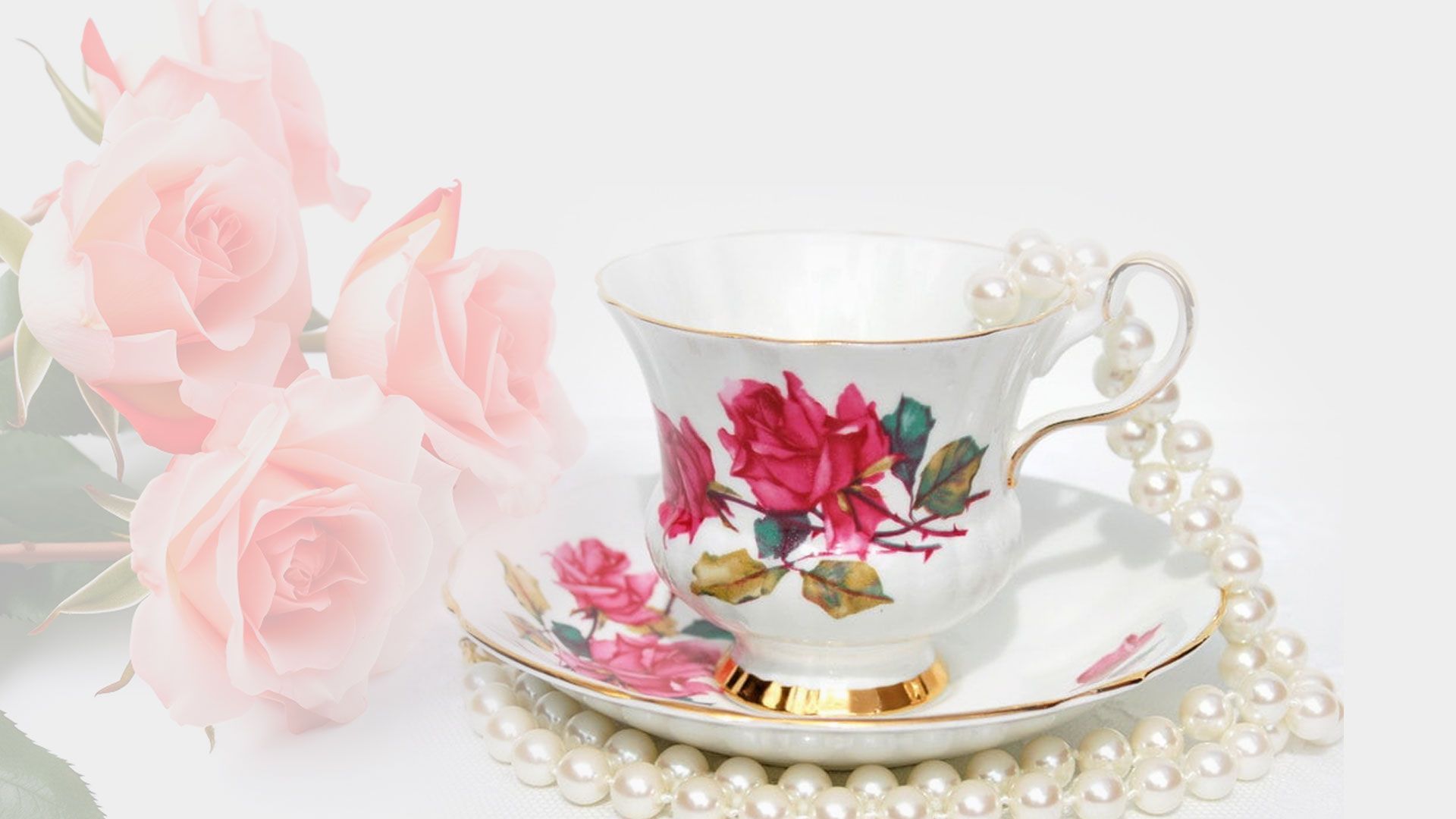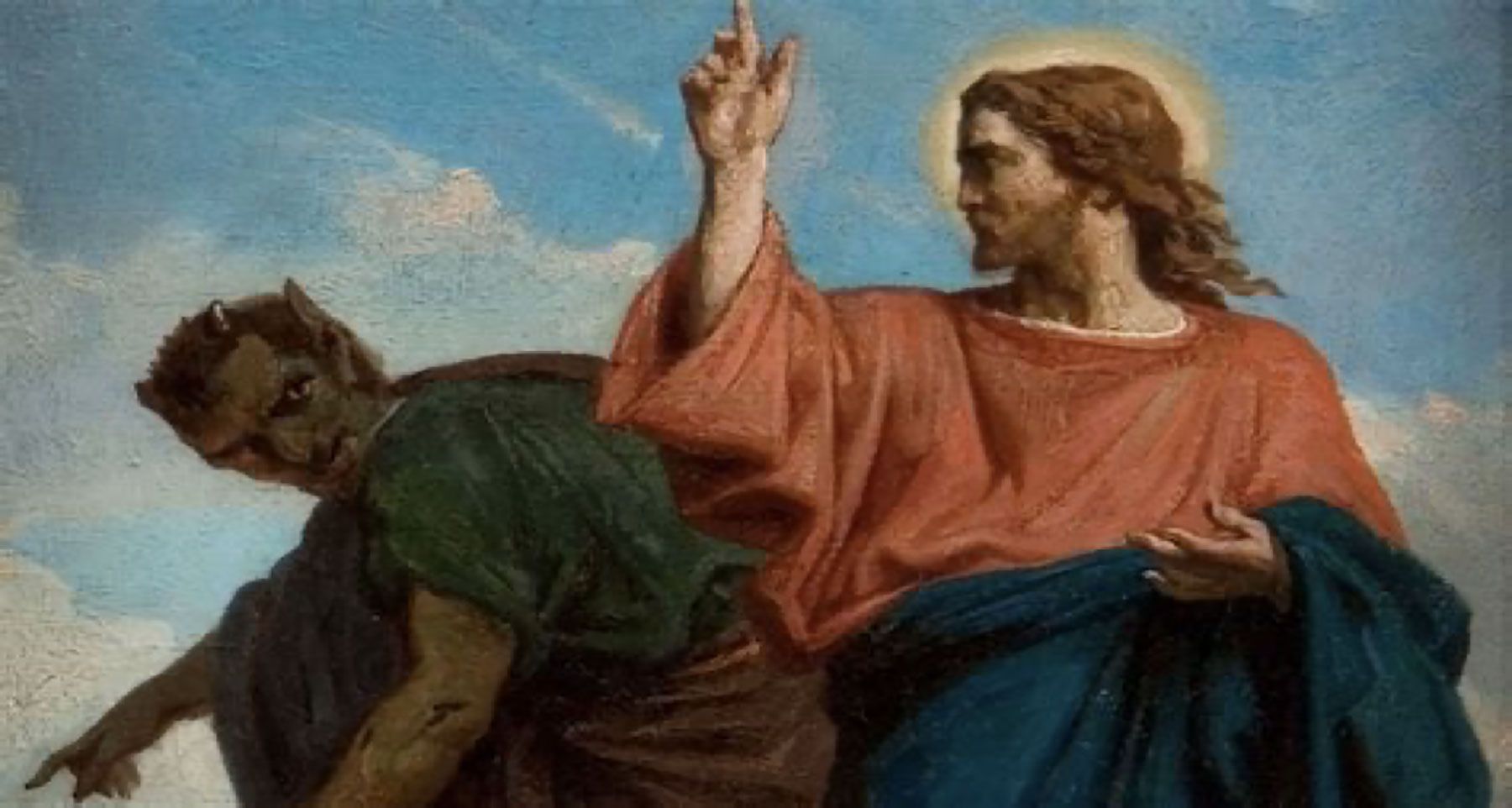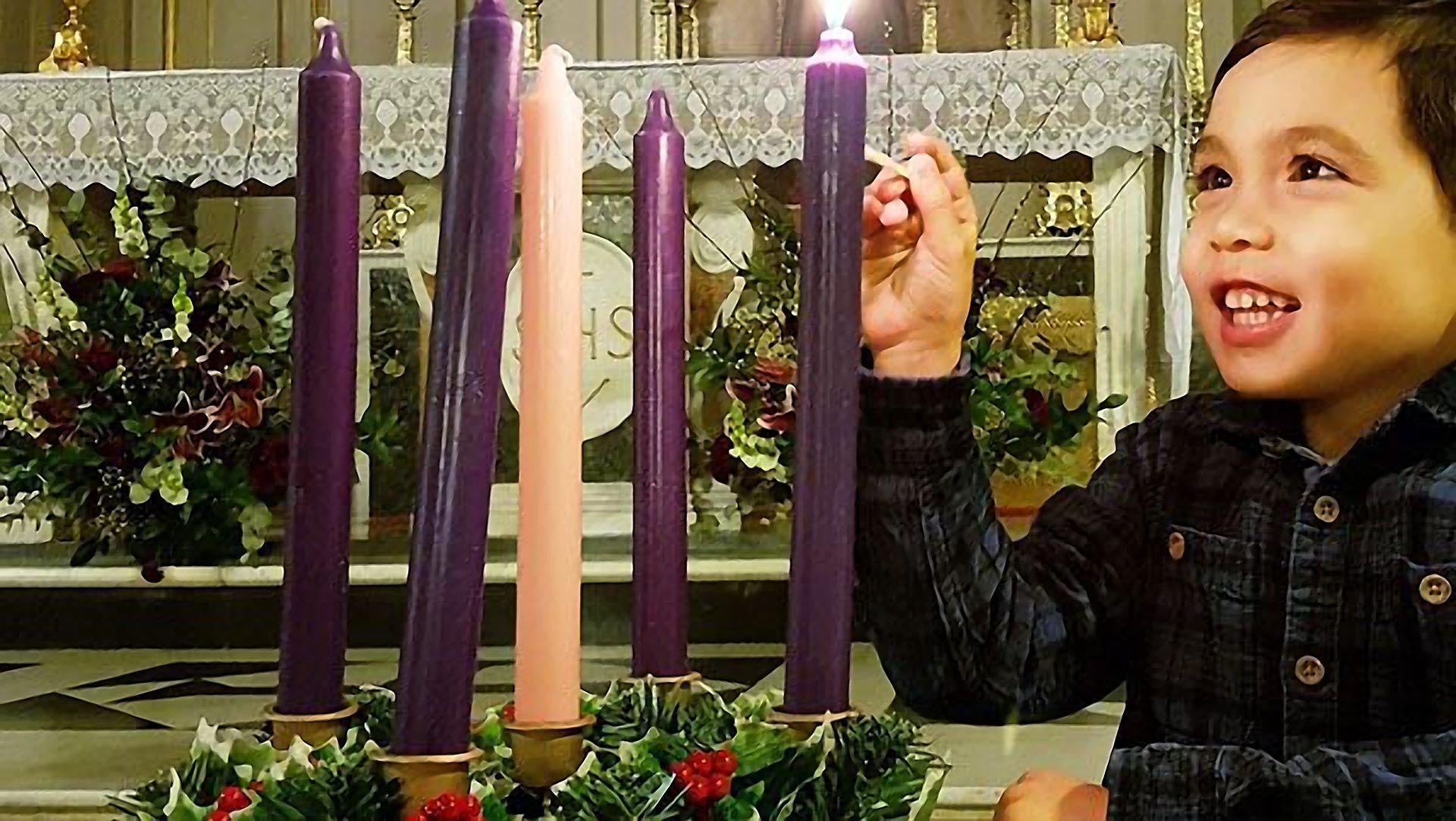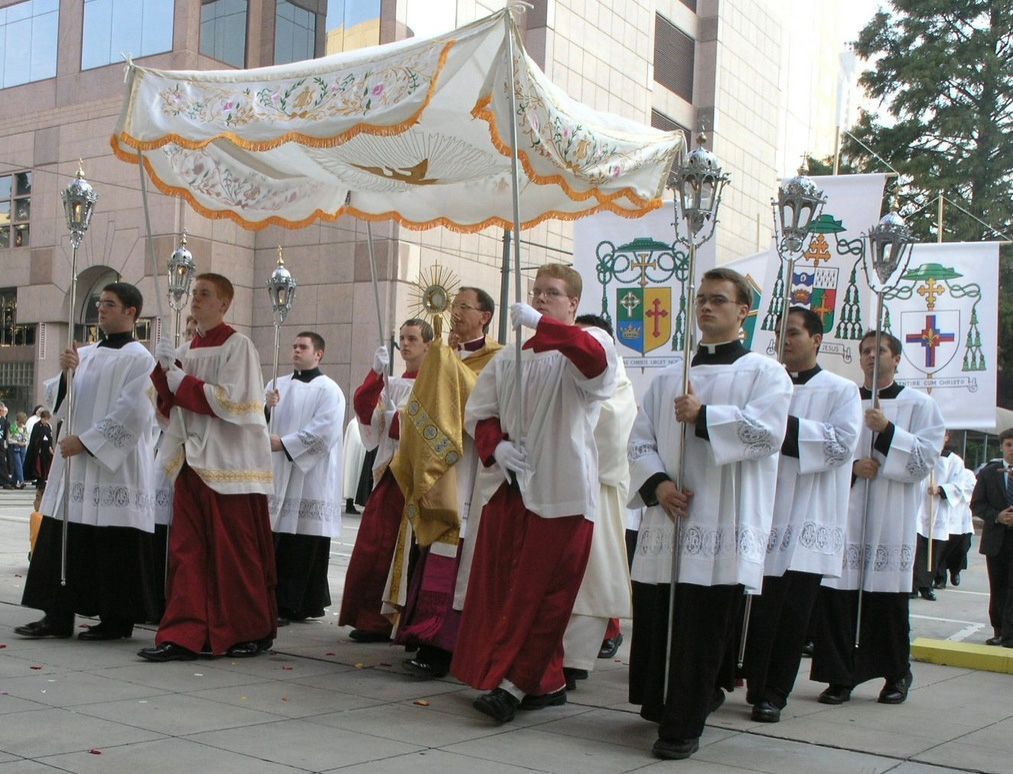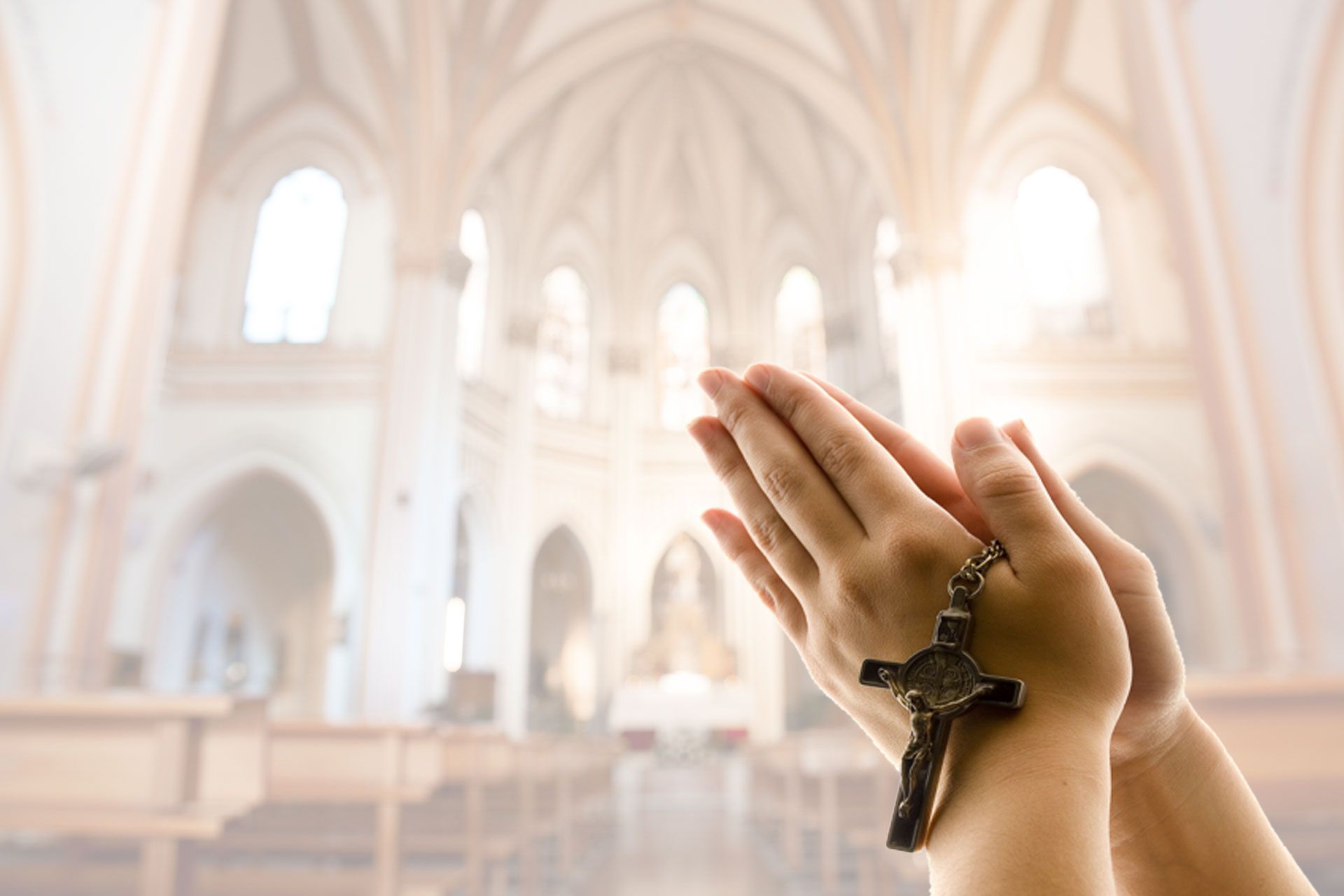Candles and More Candles
What is the Symbolism in the Catholic Church?
Candles play an important role in the Catholic Church and their origins go back centuries.
The symbolism of light has long been used in religious practice, as well as the general usage of candles. In Judaism, a perpetual light was kept burning in the Temple and synagogues to show the presence of God.
Catholic Christians adapted the use of lit candles for Mass, liturgical processions, evening prayer ceremonies, funeral processions, and to show reverence to the Blessed Sacrament. It is also likely that candles or oil lamps were burned at the tombs of the saints, particularly martyrs.
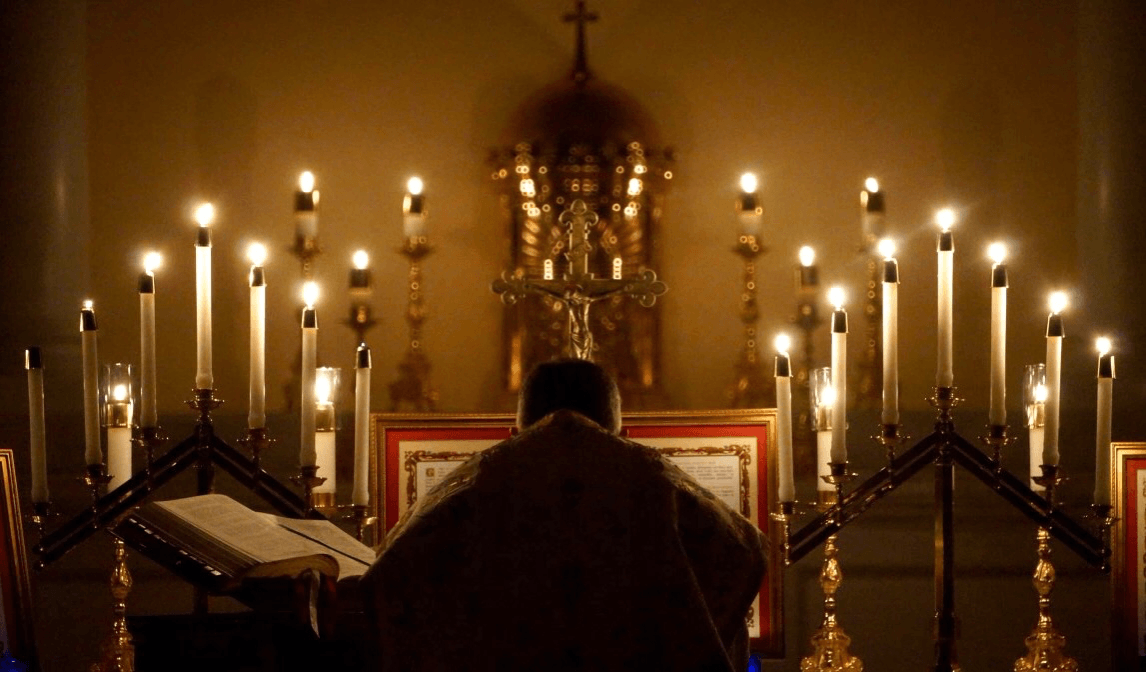
In the Catholic church, light has always had a special significance because it represents Christ. We know that Jesus called himself the light of the world. Additionally, St. John’s Gospel connects Christ with the imagery of light in John 1:4: “In him was life; and the life was the light of men.”
With this in mind, we understand why, during the Sacrament of Baptism, the priest presents a candle, which was lit from the Paschal candle, and tells the newly baptized to receive the light of Christ. And at Easter, the Paschal candle is lit as a sign of the risen light of Christ. It cannot be put out, and shines into the world as a symbol of hope and love.
In our churches today, we sometimes have the opportunity to light a candle before a sacred image of our Lord or a saint. The light signifies our prayer, which is offered in faith, entering the light of God. It also shows reverence and our desire to remain present in prayer even as we continue on our day.
Burning votive candles are a common sight in most Catholic churches. These candles are seen as an offering that indicates we are seeking some favor from the Lord or the saint before which the votive is placed. Vigil lights are another type of candles burned, and these are typically accompanied by prayers of attention or waiting.
Lighting a candle for someone is a way to both extend your prayers and show solidarity with the person for whom the prayer is being made. The faithful also light candles as a sign of gratitude to God for answered prayers.
Many of these candles are traditionally made of beeswax, and there is a reason for this. Worker bees who gather nectar from flowers do not play a part in the reproduction of the species. Reproduction is left to the queen bee and drone bees. The virgin worker bees dedicate their lives to the creation of this wax and represent Our Lady, the virgin mother who gave birth to Christ. The pure beeswax also represents Christ’s pure flesh.

In addition to the vigil and votive varieties, candles are used in many other ways.
The Paschal Candle, also known as the Easter candle, is perhaps the most recognizable because of its size and appearance. This candle is several feet tall and has in colorful designs, in addition to the year and a cross with five cloves. This candle is used in both the Easter Mass and lit during baptisms throughout the year. The candle demonstrates how a new soul and apostle of light join God’s family.
Altar candles has been used in Masses since at least the 12th century. These candles remind us of the many persecuted Christians in the first centuries who secretly celebrated Mass at night or in the catacombs by candlelight.
They may also be used in the entrance and recessional processions of Mass and are carried to where the Gospel is read as a sign of triumphant joy in the presence of the words of Christ. The candles used in Mass also serve a more practical purpose: the number lit on the altar also indicates which Mass is being celebrated or even who the main celebrant is.
Advent candles have an extensive symbolism and are used to create the
Advent wreath that is used in the week leading up to Christmas. Made up of four candles that represent the four weeks of Advent, one candle is lit each Sunday. Three of the candles are purple because the color violet is a liturgical color that signifies a time of prayer, penance, and sacrifice. The fourth candle is pink and symbolizes joy.
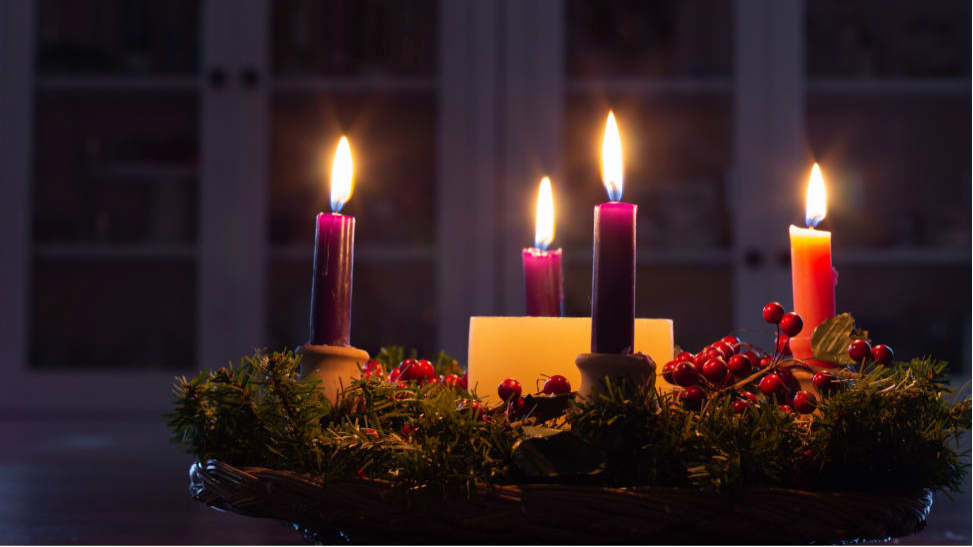
Candlemas, or the Presentation of Christ in the Temple and the Purification of Mary, is especially rich in symbolism as it relates to candles. When Jesus was presented in the Temple by Mary and Joseph, Simeon gave a famous prophecy about Christ being a light to Gentile nations and a sign for the Jewish people.
This led to the church choosing this particular feast day to have a special yearly procession and blessing of candles. It is similar to the blessing of ashes and palms during Lent and the Easter season. Many faithful bring candles to this Mass on February 2 to be blessed for use at home.
In addition to these special days, candles also play a role in the blessing of ashes and palms, the dedication of churches and cemeteries, and the Mass of a newly ordained priest. They are also present at every sacrament except that of Penance.
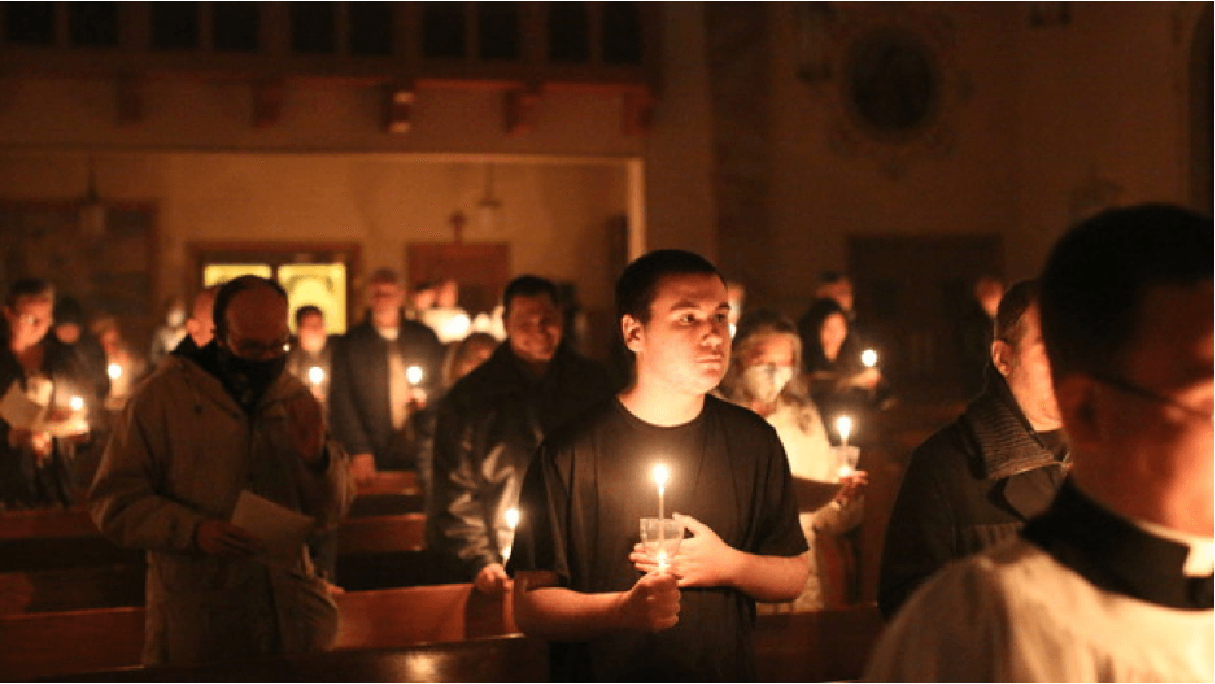
Throughout all these events, there is one common theme: the candles represent Jesus, the true light.
Source: Mercyhome.org
Inspired Reflections
